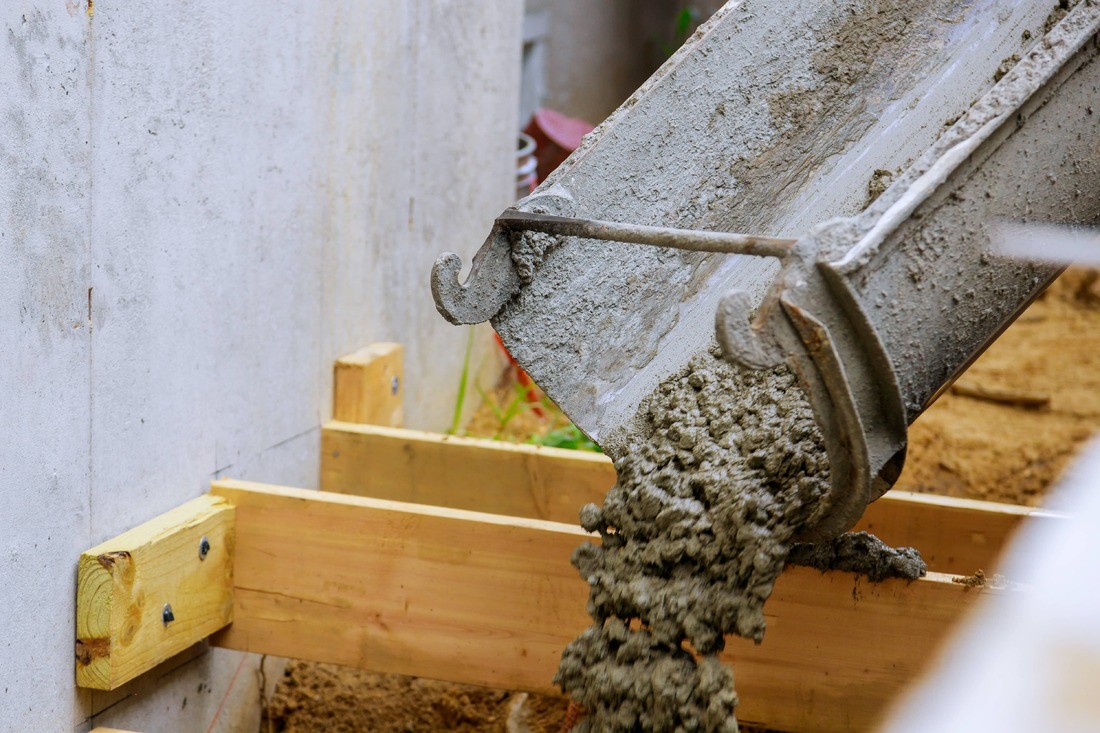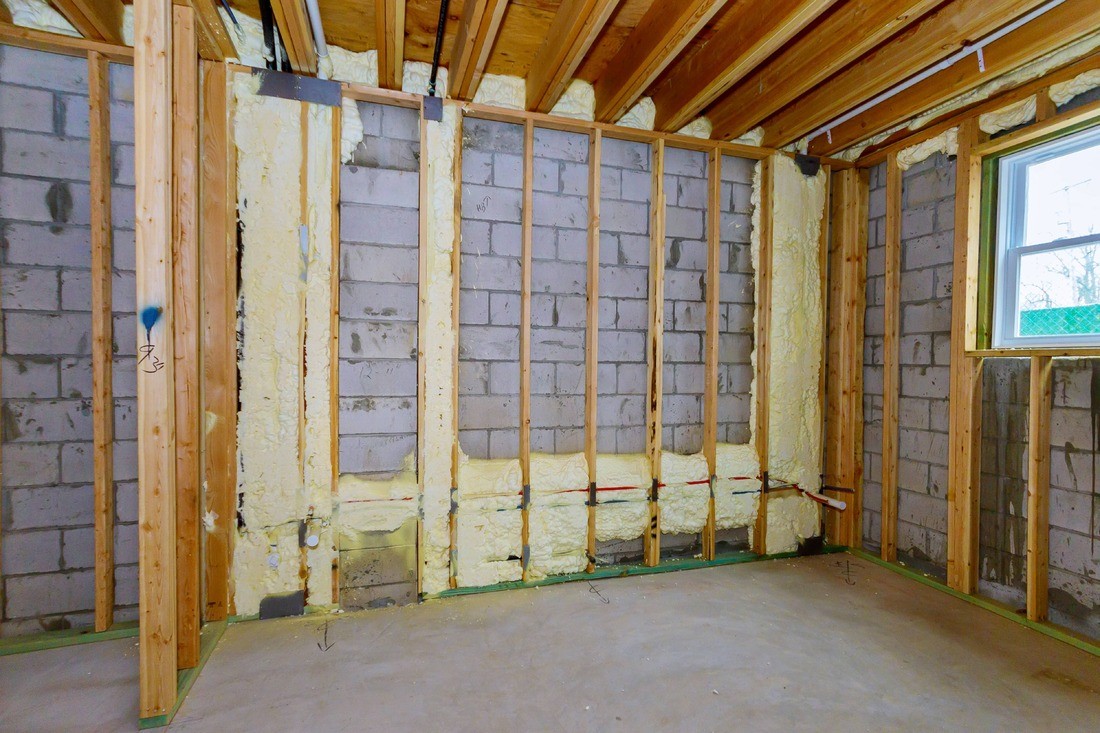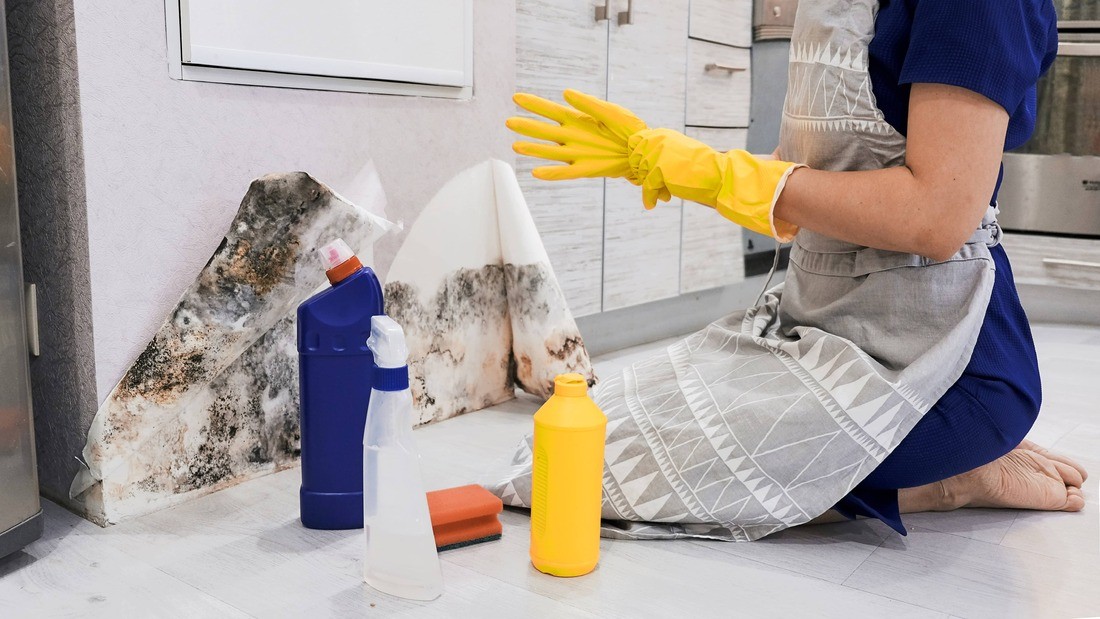
Introduction
Vacant properties are susceptible to various issues, including water damage. When properties are unoccupied, water leaks and flooding can go unnoticed for extended periods, leading to severe damage and costly repairs. In this guide, we will explore effective strategies and preventive measures to safeguard vacant properties against water damage.
1. Assessing and Addressing Vulnerabilities
1.1 Inspecting the Property
Before leaving a property vacant, conduct a thorough inspection to identify potential vulnerabilities. Look for signs of water damage, such as leaks, dampness, or discoloration, and address them appropriately.
1.2 Weatherproofing
Proper weatherproofing is crucial to protect the property from external elements. Seal any gaps, cracks, or openings in windows, doors, and roofs to prevent water intrusion during storms or heavy rainfall.

1.3 Checking the Plumbing System
Inspect the plumbing system to ensure there are no leaks or damaged pipes. It is advisable to shut off the main water supply when the property is vacant to minimize the risk of water-related incidents.
2. Maintenance and Monitoring
2.1 Regular Property Inspections
Schedule regular inspections of the vacant property to check for any signs of water damage or potential issues. This proactive approach allows you to detect and address problems early, avoiding costly repairs in the future.
2.2 Monitoring the Property Remotely
Consider installing a remote monitoring system that alerts you to any changes in humidity levels or water presence. These systems can provide real-time notifications to your phone or email, allowing you to take immediate action in case of emergencies.
2.3 Regular Cleaning and Maintenance
Maintaining a clean and well-maintained property can prevent water damage. Remove debris from gutters, check the condition of downspouts, and trim trees or bushes that may pose a risk to the property’s integrity during storms.
3. Plumbing System Precautions
3.1 Draining the Water System
Before leaving a property vacant for an extended period, drain the water system entirely. This includes flushing toilets, turning off water supply valves to fixtures, and opening faucets to release any remaining water.

3.2 Winterizing Plumbing
For properties in colder climates, winterize the plumbing system to prevent frozen pipes. Insulate exposed pipes, use pipe wraps, and install frost-proof spigots to safeguard against freeze-related water damage.
3.3 Hiring Professional Plumbers
Engage the services of professional plumbers to inspect and maintain the plumbing system periodically. They can identify potential issues, make necessary repairs, and provide guidance on water-saving practices to minimize the risk of water damage.
4. Securing the Property
4.1 Properly Sealing Doors and Windows
Ensure all doors and windows are securely sealed to prevent water intrusion. Use weatherstripping, caulking, or sealing tapes to eliminate any gaps or openings that could allow water to enter the property.
4.2 Installing Flood Detection Systems
Consider installing flood detection systems that can detect rising water levels in the property. These systems typically include sensors placed near potential water entry points, such as basements, and provide timely alerts to prevent extensive damage.
4.3 Implementing Adequate Drainage Solutions
Proper drainage around the property is essential to divert water away from the foundation. Install gutter extensions, French drains, or a graded landscape to ensure water flows away from the property, reducing the risk of water damage.
5. Insurance and Emergency Preparedness
5.1 Reviewing Insurance Coverage
Check your insurance policy to ensure it covers water damage specifically for vacant properties. Some policies may require additional coverage or endorsements, so consult with your insurance provider to adequately protect against water-related risks.
5.2 Developing an Emergency Response Plan
Create an emergency response plan for water-related incidents. Include contact information for emergency water damage restoration services, such as JGW Group Water Damage Restoration, and familiarize yourself with the steps to take in case of an emergency.
5.3 Documenting the Property
Take detailed photographs and keep records of the property’s condition before leaving it vacant. This documentation serves as evidence for insurance claims and can help expedite the restoration process if water damage occurs.
Conclusion
By implementing preventive measures and regularly monitoring vacant properties, you can significantly reduce the risk of water damage. It is essential to take a proactive approach, addressing vulnerabilities, maintaining the property, and being prepared for emergencies. Remember, prevention is key in protecting vacant properties from water damage.



